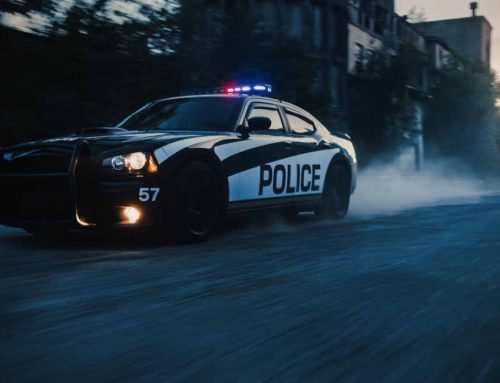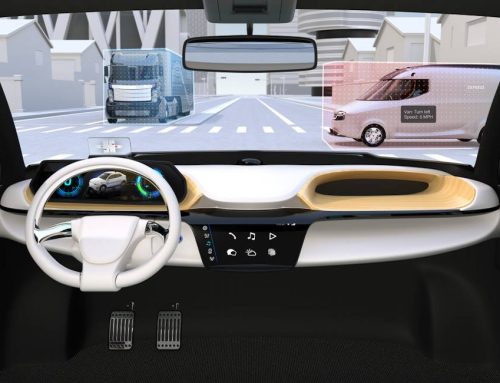One of the most important features of modern commercial vehicle telematics is the increased ability to avoid crashes and collisions with pedestrians. Pedestrian crash prevention is especially important for commercial fleets that run routes through urban areas where pedestrian traffic is heavy.
The need for pedestrian crash prevention technology has only increased as the population has grown. In the U.S., a pedestrian is killed in a traffic accident every 88 minutes and 137,000 are injured. Those kinds of statistics, coupled with the high cost of crashes for commercial fleets, has driven the need for better pedestrian crash prevention for fleets.
Proven Driver Assistance Systems
Pedestrian crash prevention systems are part of a host of driver assistance systems from companies such as Mobileye. Advanced technology provides a warning to a driver when trouble is detected, including pedestrians entering a blind spot. These alerts give drivers precious seconds they can use to take action to avoid an accident.
Issues these systems address include:
- Distracted drivers. The No. 1 cause of crashes and collisions.
- Inattention prior to an accident. About 80 percent of crashes involve drivers who did not pay attention just three seconds before the collision, meaning drivers have just two seconds to take corrective action.
- Lane departures. This involves fleet drivers veering in another lane, or another car veering into the fleet driver’s lane. In either case, it’s a frequent cause of accidents.
- Human errors. While other factors such as bad weather or road conditions play a role in crashes, human error is the usual cause.
How Pedestrian Crash Prevention Systems Work
More fleet managers now focus on pedestrian crash prevention because the number of incidents continues to increase. In the first half of 2021, the number of accidents involving pedestrians increased by 17 percent, according to Governing magazine. That increase continued a decades-long trend that has seen a rise in the number of pedestrians struck by vehicles each year.
Fleets also face the possibility of a nuclear verdict if one of their drivers hits a pedestrian while driving a commercial vehicle. These verdicts, usually more than $10 million, involve jury awards far higher than what a company might reasonably expect.
Pedestrian crash prevention systems use cameras mounted on the vehicle to monitor blind spots and the presence of pedestrians. They send drivers a visual and audio alert when a crash is about to occur with a pedestrian or cyclist. The time to collision is calculated using the speed of the vehicle and distance to the pedestrian. The system sends the alert when that time drops below two seconds.
These systems are especially useful when trucks make a right-hand turn. They detect and alert drivers about pedestrians coming up on their right side, often moving through a blind spot to the rear of the truck.
Pedestrian crash prevention technology is a must-have for fleets that want to better manage risk and make the roads safer for pedestrians, cyclists and their own drivers.










